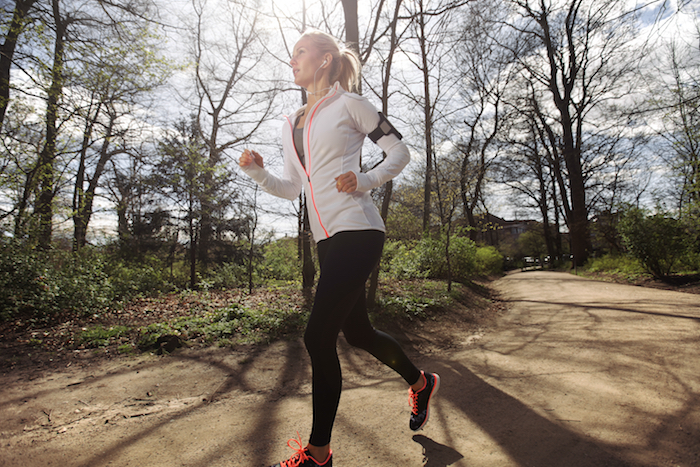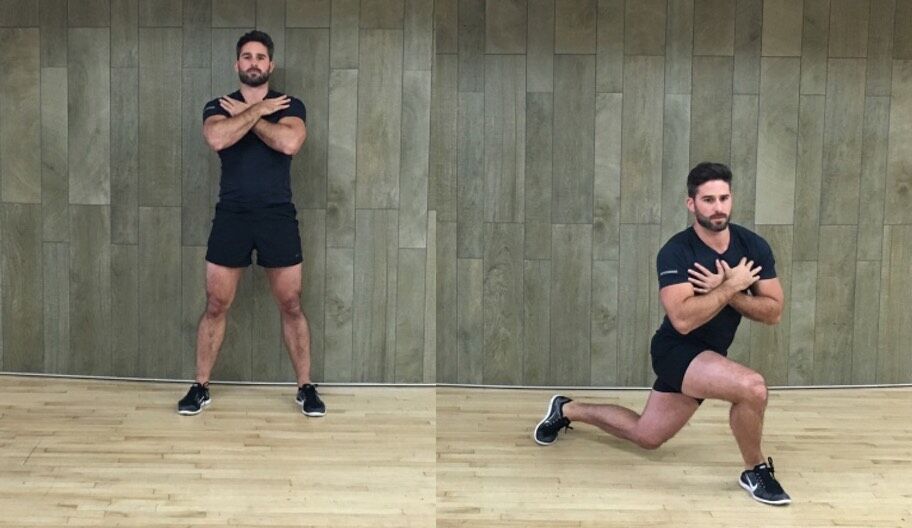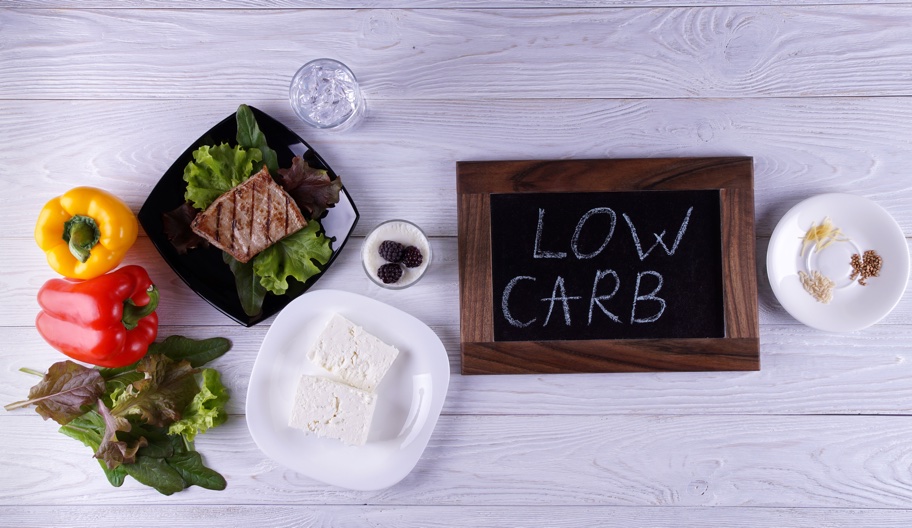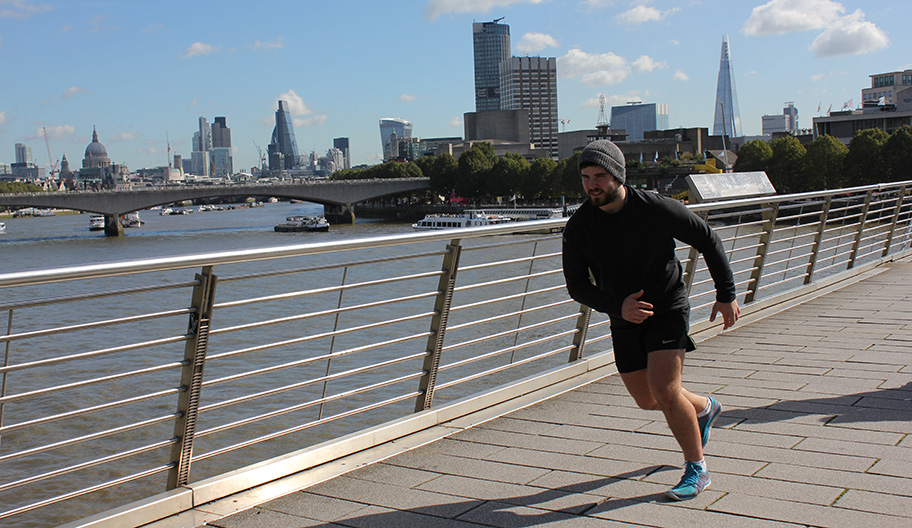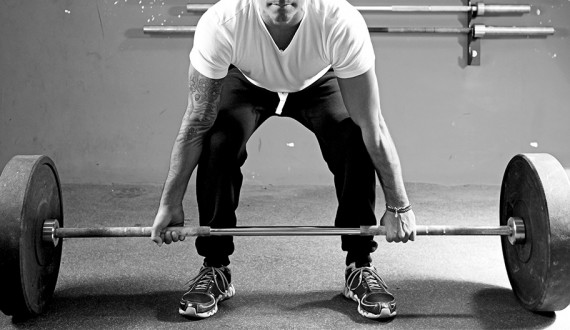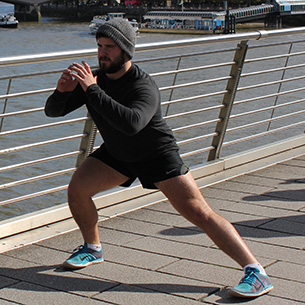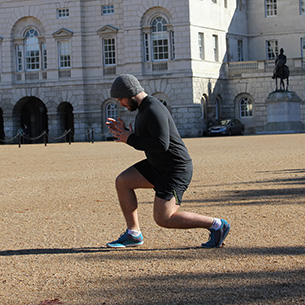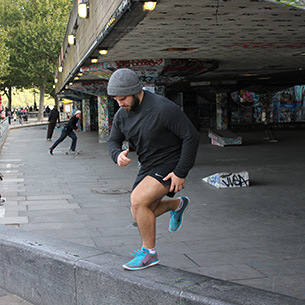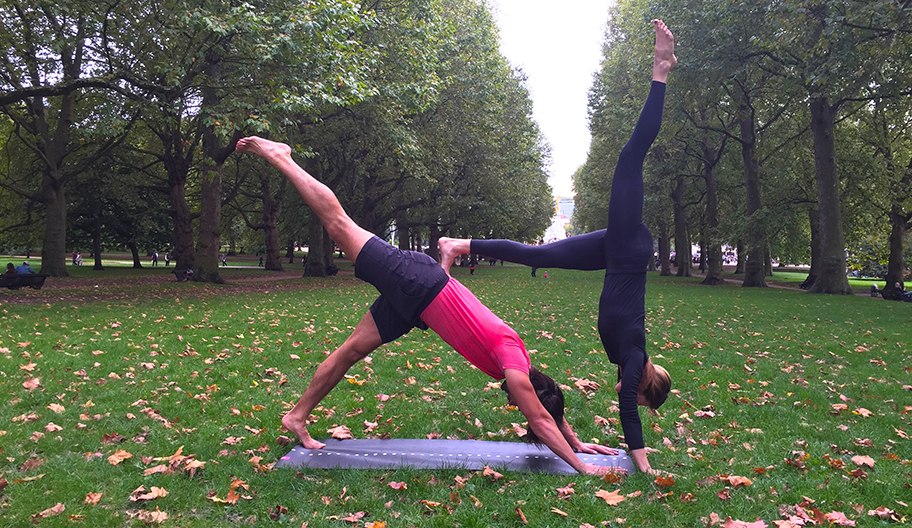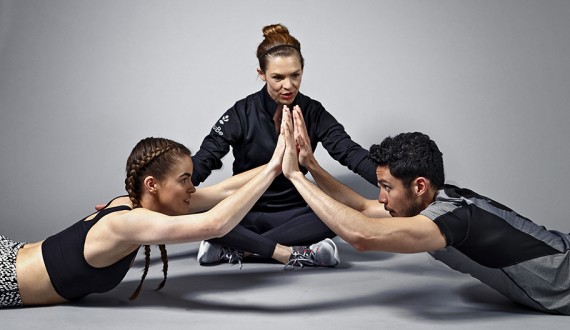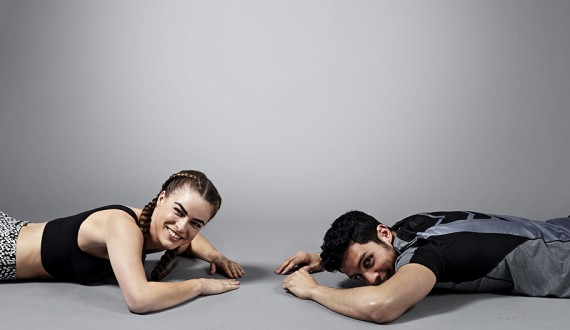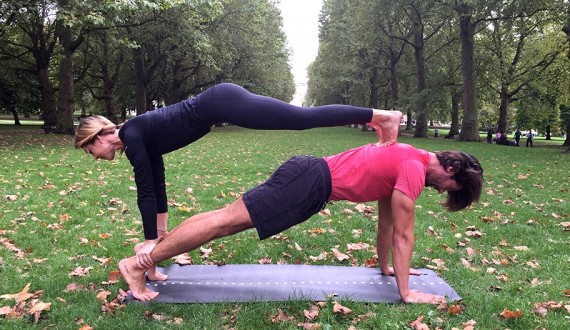Runners have a tremendous amount to gain from adding yoga to their fitness regimes. Due to its repetitive nature, running may lead to injuries and musculoskeletal imbalances which can be uncomfortable and disrupt your day to day life. Yoga can complement the discipline of running as it can restore balance and symmetry to the body.
In particular, through Yoga, runners can improve:
- FLEXIBILITY
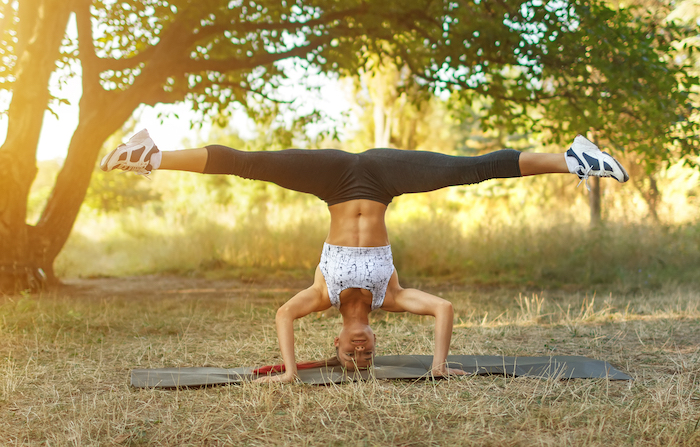
Yoga stretches the muscles that are tight, which in turn increases the range of motion in related joints. Increased flexibility decreases stiffness, results in greater ease of movement and the reduction of aches and pains.
2. STRENGTH
Running mostly strengthens the lower body, therefore certain muscles become strong while others are underused and remain weak. A balanced yoga practice involves the entire body which allows the unused muscles to be strengthened—specifically in the arms, upper torso, abdominals, and back. Strengthening the upper body and core helps improve posture during daily activities and also while running. A strong core allows the arms and legs to move more efficiently and results in less fatigue. Additionally it allows for less weight impact on the legs which reduces the risk of injury. It is also essential for runners to strengthen the muscles in their lower body for a healthy range of motion.
3. BALANCE

Overusing some muscles while underusing others creates muscular imbalances, which affect the entire musculoskeletal balance and impairs biomechanical efficiency. For runners, biomechanical imbalances eventually lead to pain and injury. Through Yoga, runners can become stronger by improving their balance through the focus of their energy and mind thus reducing the chance of injury.
4. BREATHING
Lung capacity is of prime importance for runners, because it creates the ability to maintain an even breathing pattern through all phases of running. The better the lung capacity is, the more oxygen is circulated through the system, which is most helpful for general running. However, the breathing pattern used in running and other forms of aerobic exercise involves quick and shallow inhalations and exhalations. This uses only the top portion of the lungs, leaving the middle and lower portions untouched. Yogic breathing involves slow, deep inhalations and long exhalations, making use of the upper, middle, and lower portions of the lungs. Yogic breathing has been shown to increase lung capacity, and greater lung capacity increases endurance and improves overall athletic performance.
5. AN ENERGISED BODY
Many forms of exercise deplete the body of its energy stores. Yet a yoga practice oxygenates the blood and creates more energy, leaving the body and mind feeling restored and energized. Yoga provides a vehicle through which the body can actively recover from the physical demands of running.
By Gandha Savio
If running is included in your regular exercise routine, why not unwind and try a TruBe yoga session to replenish your energy. You can search Gandha’s Profile in the TruBe trainers page.
You can also view our wide range of expert trainers who specialise in various other workout disciplines.
TruBe are proud to announce that we are an official partner of the Royal Parks Foundation Half Marathon taking place on the 8th October 2017! We will be running the half marathon workshops which are held in July and September and will host the complimentary assisted cool down area on race day for all runners! Click here to find out more

